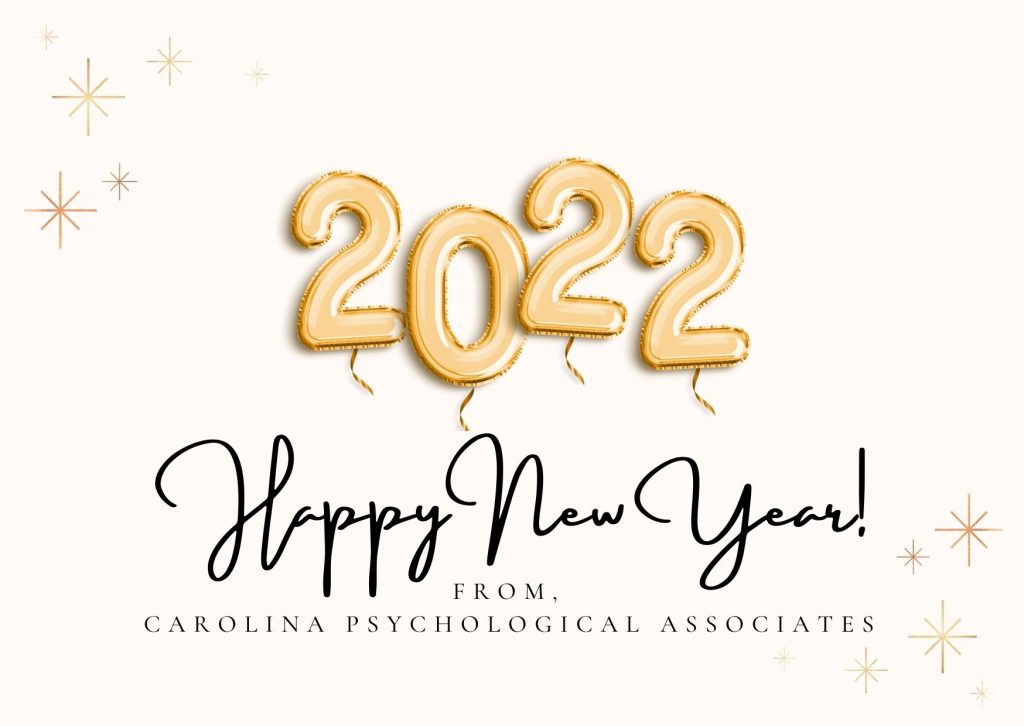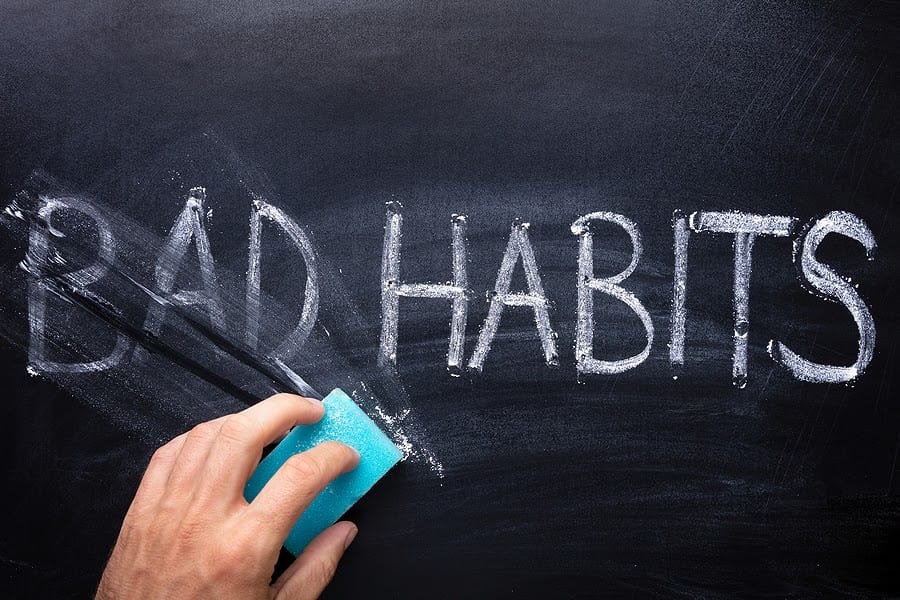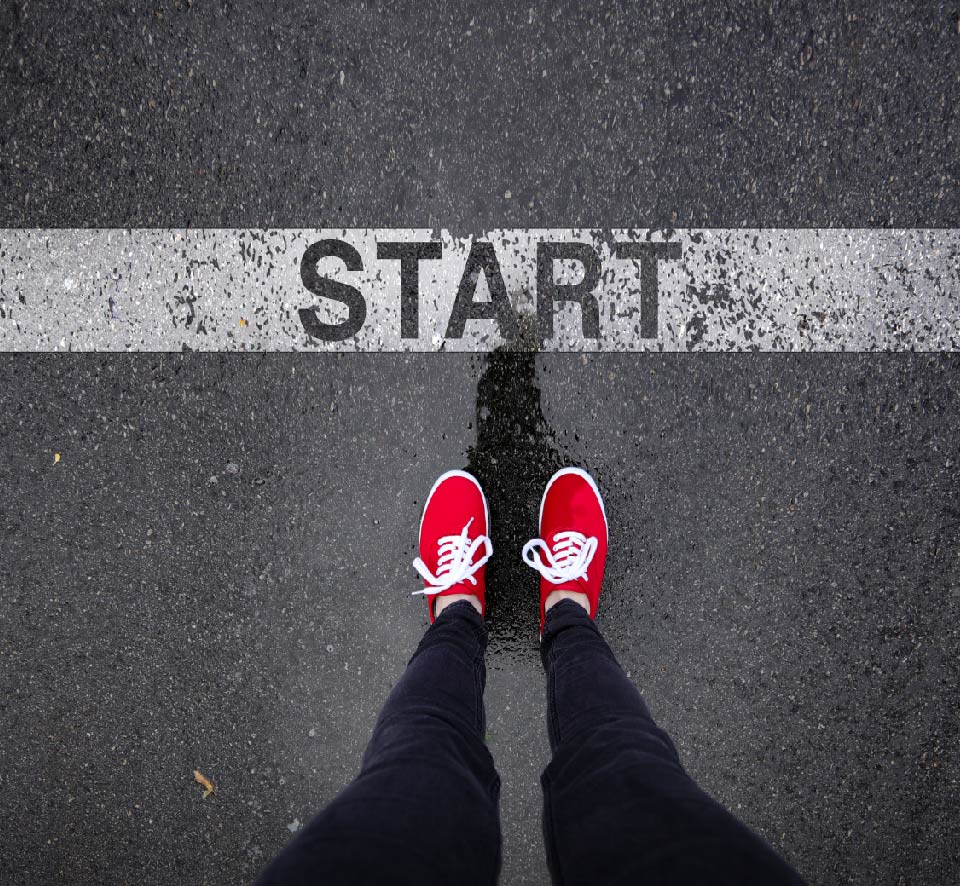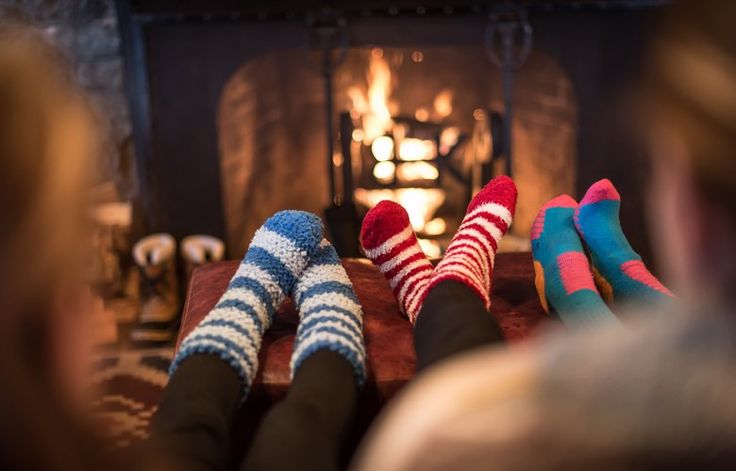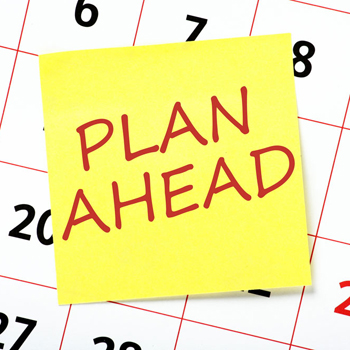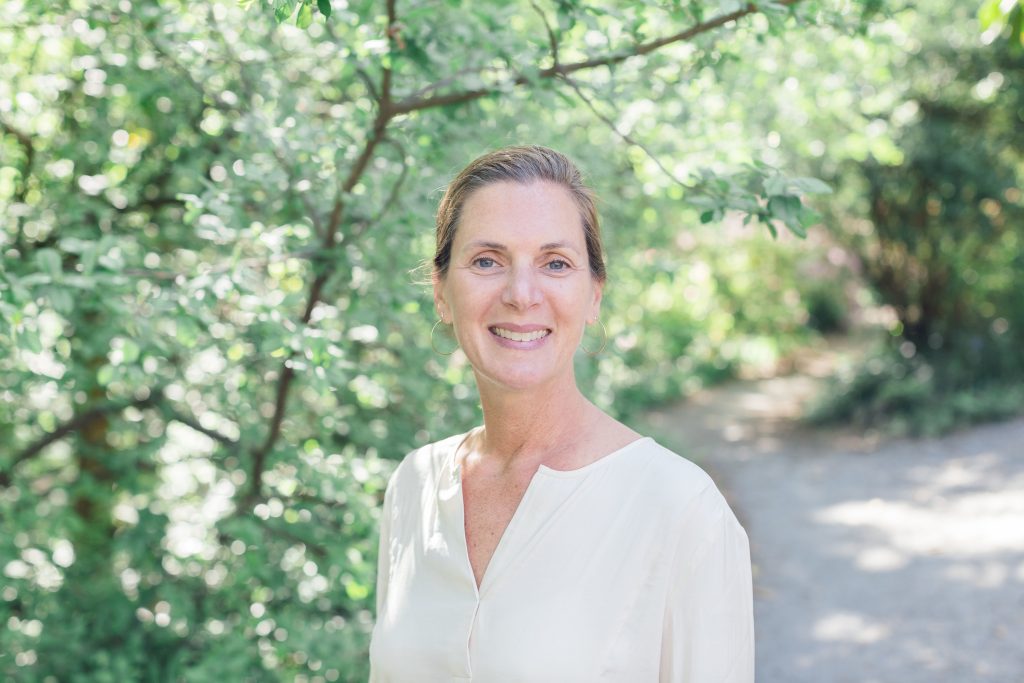Join us in welcoming Athena Tatum, LCSW
We are excited to introduce another new face here at Carolina Psychological Associates. Athena Tatum, LCSW, recently moved to the Greensboro office, all the way from Florida! She has a wide variety of experience and expertise in providing therapy for children. Continue reading to learn more about Athena!
 How long have you been working as a Clinical Social Worker?
How long have you been working as a Clinical Social Worker?
Forever I suppose. My degree was initially in Social Work Social Policy, but I ended up doing more clinical work than policy work. So, I went back and completed the clinical requirements to get my clinical social work license. I started in a domestic violence shelter then ran several outpatient mental health facilities, then worked in child protection services, then finally began work in child therapy – which has been my favorite so far.
Why did you choose Social Work?
I took a family violence class my senior year in college, and it made sense to me. I realized that victim blaming was a HUGE thing and something clicked for me. I found my calling and my people. I changed my entire career focus and chose to do graduate school, where I received a Master’s in Public Administration and a Master’s in Social Work, at the same time.
What population of clients do you serve? Why that group?
I serve children, and I love little people. Due to my previous role in child protection services, I felt I could do more on the clinical side of the issue at hand. Children are a joy. I especially enjoy the brutal honesty they give. I like that I can still be surprised, no matter how long I am in this career. I also like educating and helping families overcome seemingly “impossible” issues.
What type of work were you doing before coming to CPA?
I was a child therapist in Florida, and primarily worked with children with behavioral issues and those navigating the foster care or adoption system. My focus was mainly on trauma, as many of my little people had been through so much during their short lives.
Where did you move from and what will you miss the most?
I came from Florida, Melbourne specifically (it is on the East Coast of FL). I think I miss pools or the ability to get to the beach in like 7 minutes. To be honest, while I miss those things, it’s nice not being hot all the time!
What is something that you enjoy doing for fun?
I like trying new foods and beers. My husband and I like doing tastings at different places, I am definitely a foodie for life. North Carolina has some great craft beers; I’ve been thoroughly impressed.
Share a fun fact about yourself!
I was a cheerleader for Florida State, and I’ve lived in 6 different countries.








